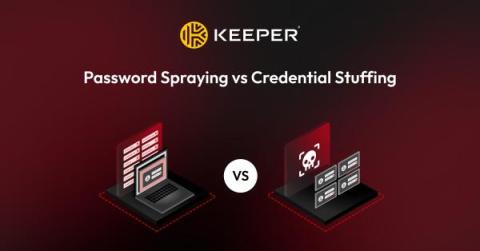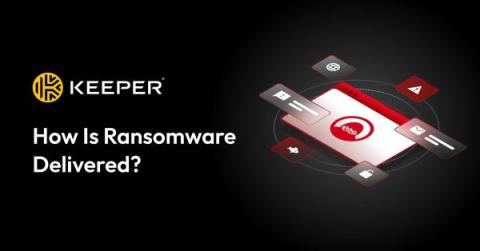What Are Command and Control Attacks?
In today's expanding cyber threat landscape, infiltrating a system goes beyond unauthorized access or malware installation. To achieve their ultimate objectives, cybercriminals need to maintain an undetected presence in the system or network to control or extract data according to their needs. Command and Control attacks, also known as C&C or C2 attacks, create a covert link between the compromised system and a C2 server.











